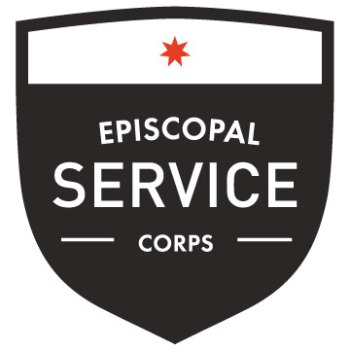Most of my work seen here so far has been done in graphite or paint. I have also done some other mediums, such as pen and charcoal.
An early charcoal drawing of the Archbishop of Canterbury and the Prince of France in the 13th century. This was done entirely with a charcoal ‘stick’ such as this:
As you can imagine, these are cumbersome tools that are not very precise, and are better used for blocking in shadows and laying down some very rough outlines, but they are poor for detail work. At the time that I made this drawing, I did not have any other tools, so I did the best I could. It has been a while since I have worked with charcoal, but it really does have some benefits over graphite, being less shiny and much easier to create deep contrast on paper with. The disadvantages are that it can be messy and prone to smudging; fixative can only solve the latter issue after the drawing is done.
This is an early pen drawing of “power armor,” which you may be familiar with if you have read any of Robert A. Heinlein’s fiction or any fiction that pays homage to him by using the concept. I don’t work much with pen as a medium these days but I wanted to give it a try some years ago despite obvious reservations about its permanency. Assuming one has some skill, there are actually some advantages to pen as a medium. It can be fairly clean and the contrast is already at its maximum extent, causing the drawing to ‘pop’ from the page early on. It also has a strange psychological effect, pressuring the artist and forcing him to commit to the drawing. If the artist is skilled, the work can actually come out quite well and be done fairly quickly as a result.
The obvious disadvantage to pen drawing is that a single mistake in a particular area (especially one that needs a clear demarcation between a shadow and a highlight) can ruin the entire work. As such, it is best to use subjects that are a bit less delicate.
Mediums can be mixed, too. This drawing of a Nazgûl from The Lord of the Rings makes use of both charcoal and graphite. Although they are similar, I found that graphite can’t quite get as dark as charcoal can, but because of its propensity to shine, it made for an excellent sort of ‘texture’ as the metal of the gauntlets, whereas the charcoal does an excellent job of depicting the folds of the cloth as well as the inky blackness of the void where the wraith’s head would be.
To round out my exploration of different mediums in 2 dimensional art, this drawing is my most recent and was done digitally. Digital mediums are… strange, to say the least, when coming from a traditional background. The tools feel floaty and disconnected, and there’s a lot of abstraction in between the work that one does. It is not really possible with the tools I have to use something as simple as pressure to lighten or darken areas. I can’t use my graphite tortillon or my oil brush to blend values and colors. Instead, I have to rely on tools within the digital program such as air brushes, fill buckets, layers, and so on.
Strange as it feels, there are a lot of distinct advantages to many digital mediums. For example, the use of layers means that I can more finely control what I’m blending. In oil painting, for example, there is a chance that a mistaken stroke can blend things one did not mean to. In digital painting, one can separate things by assigning certain areas or outlines to layers which are untouched by the others.
There are also some automated functions that make the process much easier. For example, the camouflage pattern on the uniform is actually a predesigned pattern that I simply applied over a flat surface that I already drew shadows on to give it depth.
There is also no mess – it’s all digital. As long as one has a power source and the device and a stylus, it’s actually very compact and clean.
There are disadvantages too. As a digital thing, it does not exist in the world itself unless one prints it out, which can be expensive especially with color and larger sizes. The files can be lost if the device gets bricked, so one has to back them up on a cloud service or a hosting website, which then opens it up to the Internet in some capacity. The tools themselves have a steep learning curve and there are a lot of functions I still don’t know about even after the effort of making this drawing. And of course, it’s more time staring at a screen.
Hopefully this little exploration of different mediums has been informative. Thank you for reading!

Once again, I didn’t know what I didn’t know! Thanks for the clear and engaging lesson, Kyle!